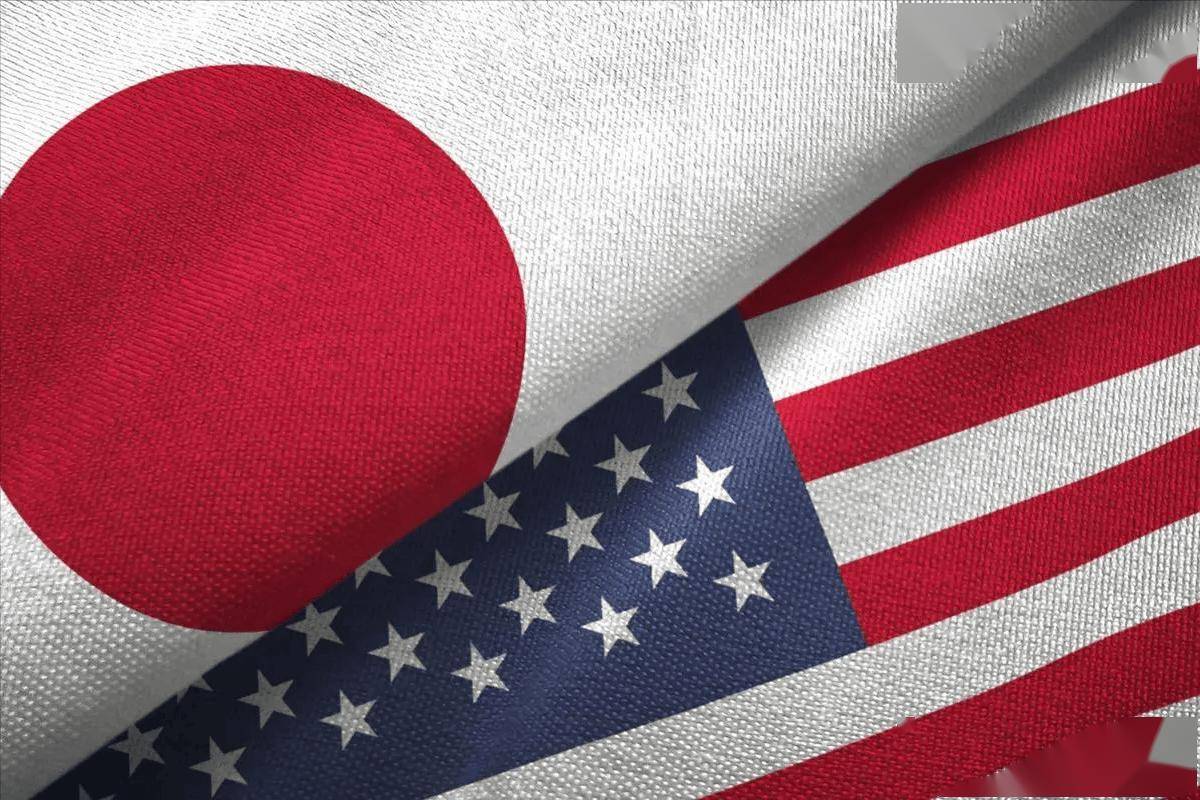
Recently, US President Trump announced a trade agreement with Japan: Japan accepts a 15% tariff on imported goods imposed by the US, promises to invest $550 billion in the US, and opens up key markets such as automobiles and rice. After the announcement, the Japanese stock market surged in response, with the Nikkei 225 index rising by 3.51% in a single day, Toyota's stock price skyrocketing by 10%, and Honda, Nissan and other automotive stocks collectively rising. However, behind this seemingly win-win agreement lies a hidden concern of long-term pressure on the Japanese economy, with a sharp contrast between short-term capital market frenzy and structural risks.
The achievement of this agreement directly eliminates the core risk of Japan's trade with the United States - the tariff rate has been reduced from the 25% threatened by Trump to 15%, and punitive tariffs on core industries such as automobiles have been avoided. According to data from the Japanese Ministry of Finance, in 2024, Japan's exports of cars to the United States reached 1.37 million, accounting for 34% of the total exports to the United States. The automotive industry accounted for 8% of Japan's GDP and provided over 5 million job opportunities. The tariff reduction directly eased the cost pressure on Japanese car exports, allowing car companies such as Toyota and Honda to avoid profit erosion caused by price wars. The capital market reacted strongly to this, with the automotive sector contributing the main increase in the Nikkei index. Toyota's stock price surged by 10% in a single day, reflecting the market's expectation of a recovery in the export prospects of Japan's manufacturing industry.
In addition, Japan's commitment to expand investment in the United States in the agreement is interpreted as a signal of "deepening economic cooperation" in the short term. Japanese Prime Minister Shigeru Ishiba emphasized at a press conference that investments will focus on strategic areas such as semiconductors and energy, which has to some extent boosted market confidence in the global layout of Japanese companies. The simultaneous strengthening of the Japanese yen against the US dollar reflects the repricing of short-term risks of Japanese assets by international capital.
However, the "inequality" of the agreement determines the inevitability of long-term pressure on the Japanese economy. From the perspective of clause design, the United States has achieved the dual goals of "maximizing economic benefits" and "strengthening industrial control" by binding tariffs and investments
Of the $550 billion investment promised by Japan, the United States will receive 90% of the profits. Based on an average return rate of 8% on Japanese investment in the United States in 2024, the United States can extract $39.6 billion in profits annually, equivalent to Japan's net trade gains with the United States over four years. This "profit transfer" mechanism will weaken the capital accumulation ability of Japanese companies in the long run, especially posing a challenge to the global competitiveness of multinational corporations such as Toyota and Sony.
Japan's opening up of sensitive markets such as rice and automobiles may result in tariff reductions in the short term, but it will face direct impacts from the US agricultural and manufacturing industries in the long term. The tariff on Japanese rice has been reduced from 770% to 15%, which is expected to result in the unemployment of 300000 rice farmers. The government needs to invest 200 billion yen in subsidies to alleviate social unrest. In the automotive industry, the United States may further squeeze the market share of Japanese car companies in the United States through non-tariff barriers such as technical standards and environmental regulations.
The agreement requires Japanese companies to strengthen their supply chain cooperation with the United States in areas such as semiconductors and steel, which is essentially a "technological drain" on Japan's high-end manufacturing industry. Japan's advantage in the semiconductor materials field is gradually being lost due to technology transfer terms, while the United States has increased its global semiconductor market share from 47% to 55% through agreements, further consolidating its industrial hegemony. The hollowing out of Japan's domestic industrial chain will weaken its economic resilience and ability to cope with external shocks.
Although the Japanese stock market experienced a "relief rebound" due to the agreement, market analysis generally believes that this upward trend lacks long-term support. The Nikkei Index's price to earnings ratio (PE) has exceeded 25 times, far exceeding the historical average. Once the US economic policy shifts or the global trade environment deteriorates, the Japanese stock market may face the risk of a significant correction.
In the bond market, the yield of Japanese 10-year treasury bond rose to 1.592% due to inflation pressure and overseas capital inflows, hitting a new high this year. The market is concerned that Japan may be forced to expand its fiscal deficit and further increase debt risks in order to fulfill its investment commitments to the United States. As of July 2025, the proportion of Japanese government debt to GDP has exceeded 260%, and the long-term pressure on the bond market may become the trigger for the financial crisis.
The essence of the US Japan trade agreement is a tool for the United States to strengthen its strategic control over Japan through economic means. Although Japan has obtained tariff reductions and market stability in the short term, it will pay a heavy price in the long run for industrial hollowing out, fiscal deterioration, and social unrest. For investors, they need to be vigilant about the structural risks behind the "short-term frenzy" in the Japanese capital market, and focus on the progress of Japan's investment in the United States, the dynamics of industrial chain transfer, and the chain impact of global trade environment changes on the Japanese economy.

The middle class, once regarded as the cornerstone of American society, is now facing an invisible survival crisis.
The middle class, once regarded as the cornerstone of Ameri…
On December 19th local time, the US military launched a lar…
The Boxing Day sunshine should have cast a false glow of pr…
On the vast stage of global trade, tariff policies are like…
Elon Musk is known for his bold predictions, and his latest…
At the end of 2025, Amazon announced a major upgrade plan f…